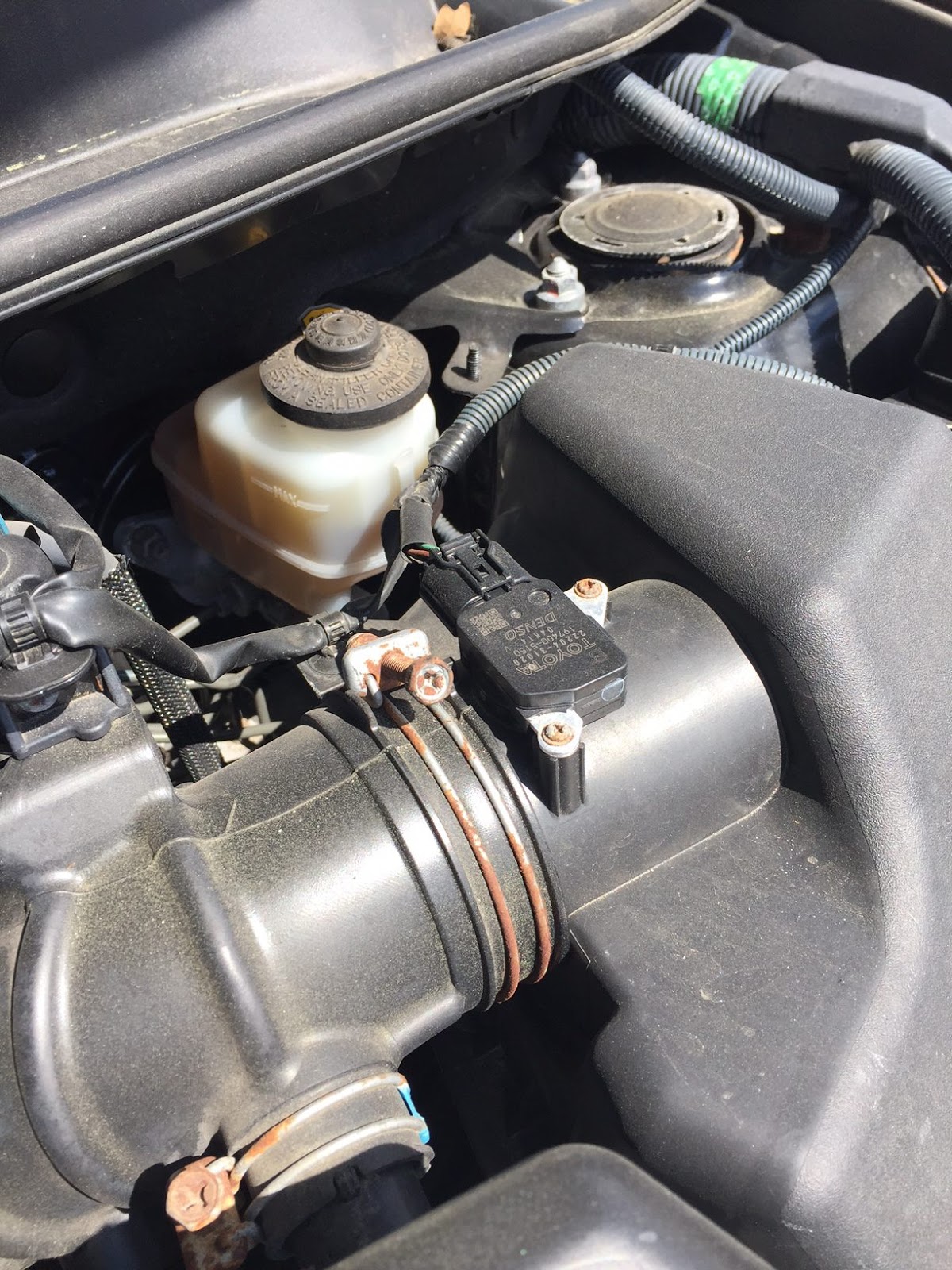Toyota P0171 Code: Deciphering the Lean Fuel Mystery

That dreaded check engine light. It's a universal symbol of automotive anxiety. For Toyota owners, the P0171 diagnostic trouble code (DTC), indicating a "System Too Lean (Bank 1)," can be a particularly perplexing puzzle. This code signals that the engine's air-fuel mixture has too much air and not enough fuel. But what does that mean in practical terms, and what can you do about it?
The P0171 code isn't just a random annoyance; it's a critical signal from your Toyota's onboard computer. Ignoring it can lead to reduced performance, decreased fuel efficiency, and potentially more serious engine damage in the long run. This article aims to demystify the P0171 code, offering insights into its causes, diagnostic approaches, and potential solutions.
Understanding the context of this error code is crucial. Modern vehicles rely on a complex network of sensors and actuators to precisely control the air-fuel mixture entering the engine. This precise mixture is essential for optimal combustion, power output, and emissions control. When the system detects a lean condition, such as in the case of P0171, it means this delicate balance has been disrupted. The "Bank 1" designation refers to the side of the engine containing cylinder number one.
Numerous factors can contribute to a P0171 code. A faulty mass airflow sensor (MAF sensor) is a common culprit. This sensor measures the amount of air entering the engine, and incorrect readings can lead the engine control unit (ECU) to miscalculate the required fuel. Vacuum leaks, often caused by cracked or loose hoses, can also introduce unmetered air into the system, disrupting the air-fuel ratio. Other potential causes include a malfunctioning oxygen sensor, a failing fuel pump, or even a clogged fuel filter restricting fuel flow.
Diagnosing a P0171 code accurately requires a systematic approach. Starting with a visual inspection of vacuum hoses and connections is a good first step. Checking the MAF sensor for contamination or damage is also crucial. Using an OBD-II scanner to read live data from the engine's sensors can provide further insights into the problem. For complex issues, consulting a qualified mechanic is always recommended.
While the P0171 code itself doesn't offer direct benefits, addressing the underlying issue does. Improved fuel economy, restored engine performance, and prevention of further engine damage are all positive outcomes of properly diagnosing and fixing the root cause of the lean condition.
One real-world example involves a 2007 Toyota Camry that experienced a P0171 code along with rough idling. Upon inspection, a cracked vacuum hose was discovered. Replacing the hose resolved the issue and restored smooth engine operation.
Advantages and Disadvantages of Dealing with P0171
| Advantages | Disadvantages |
|---|---|
| Improved Fuel Efficiency | Potential for Engine Damage if Ignored |
| Restored Engine Performance | Diagnostic Process Can Be Complex |
| Prevents Further Issues | Repair Costs Can Vary |
Addressing a P0171 code involves several steps. Start by visually inspecting vacuum hoses, checking for cracks or loose connections. Next, inspect the MAF sensor for contamination. Cleaning or replacing the sensor might be necessary. If these initial checks don't reveal the problem, further diagnostics using an OBD-II scanner and professional assistance may be required.
Frequently Asked Questions:
1. What does P0171 mean? It indicates a lean fuel mixture in engine bank 1.
2. What causes P0171? Common causes include vacuum leaks, faulty MAF sensor, or a failing fuel pump.
3. Can I drive with a P0171 code? While possible, it's not recommended as it can lead to further engine damage.
4. How much does it cost to fix P0171? The cost depends on the underlying cause and can range from a simple hose replacement to more complex repairs.
5. How to diagnose P0171? Start with visual inspections and progress to using an OBD-II scanner and/or consulting a mechanic.
6. What is a lean fuel mixture? A lean mixture has too much air and not enough fuel.
7. Is P0171 serious? While not immediately catastrophic, ignoring it can lead to more serious issues.
8. How can I prevent P0171? Regular maintenance and timely repairs can help prevent this error code.
Tips and tricks for dealing with P0171 include: Regularly checking your vacuum hoses, cleaning your MAF sensor periodically, and addressing any check engine light promptly.
In conclusion, the Toyota P0171 error code, signaling a lean fuel condition, should not be taken lightly. While it can seem daunting, understanding the potential causes and adopting a systematic diagnostic approach empowers Toyota owners to address the issue effectively. From simple vacuum leaks to more complex sensor malfunctions, resolving the underlying problem restores engine performance, improves fuel economy, and prevents potential long-term damage. By being proactive and informed, you can keep your Toyota running smoothly and efficiently for years to come. Don't hesitate to consult with a qualified mechanic for diagnosis and repair if you encounter this code. A properly running engine is a happy engine, and a happy engine makes for a happy driver.
The poetics of white exploring behrs interior palette
Mastering ap csp unit 5 big data and the digital age
Ace your california dmv license renewal test











